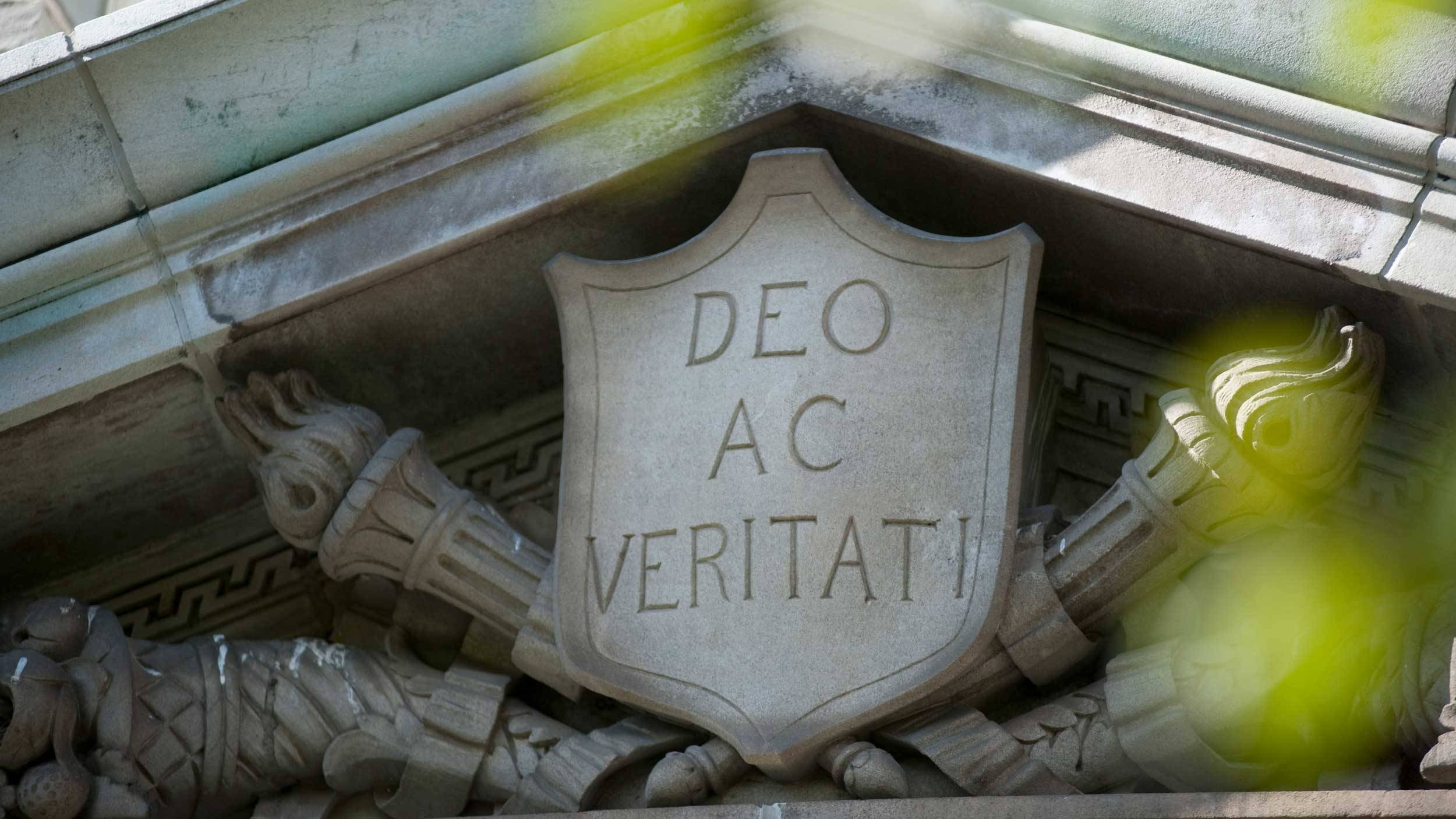Editor’s note: Wondering what’s happening in the classroom at Colgate? Here’s a real-time glimpse into academic life on campus — a syllabus from a course underway this semester.
ENST 232 Environmental Justice: Theory, Case Studies, and Applications
April Karen Baptiste, Associate Professor of Environmental Studies and Africana and Latin American Studies
TR 10:05–11:20 a.m.
In the wake of the environmental movement and the civil rights movement rose a crosscurrent of issues, combining problems of social justice and environmental issues. During the past two decades, this crosscurrent has swelled to produce a new social movement: the environmental justice movement. This course explores the terms and ideas of environmental justice by addressing the key issues of environmental racism, distributive justice, political and cultural representation in environmental struggles, alternative theories of justice generated from disenfranchised groups, grassroots politics, and concepts of environmental identity. These issues are introduced and discussed mainly in the context of the U.S. environmental justice movement, with some international context highlighted periodically.
Questions That the Course Aims to Address:
- What is environmental justice?
- Why and through what social, economic, and political processes are some groups denied access to a clean environment?
- What is currently being done or can be done to address these concerns?
What Is Critical Environmental Justice? by David Pellow
Environmental Justice: Concepts, Evidence, and Politics by Gordon Walker
Toxic Communities: Environmental Racism, Industrial Pollution, and Residential Mobility by Dorceta Taylor
Students will work in groups, and each group will work on a placed-based analysis, examining the spatial components of environmental justice. Using the interactive web-based EJScreen, along with theory and concepts from the course, students will map the EJ concern. (No two groups will be allowed to focus on the same aspect of a topic — to allow for both breadth and depth across both sections of the course.) A poster will be based on research, and there will be several phases including a proposal, data analysis, draft poster, and final poster. The posters will then be displayed the following semester on the walls of the Ho Science Center.
The Professor Says
Environmental justice is designed to introduce students to the concepts of marginality and disproportionality with respect to environmental goods and services. Often, many students come to the environmental field with the view of the traditional environmental movement, that of conservation and preservation, with the limited knowledge that communities of color actually bear the brunt of environmental hazards and negative externalities. This course raises the questions as to why marginalized communities are on the frontlines of these environmental harms. It is a pleasure to be able to journey along with students as we explore these concepts.
